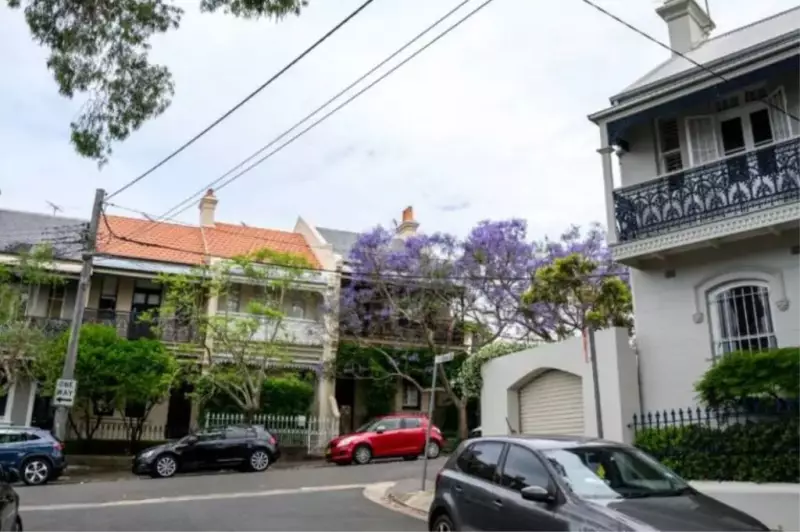
Australian families are facing the most severe housing affordability crisis in the nation's history, with new data revealing mortgage payments now consume more than half of average household income.
The Alarming Statistics Behind the Crisis
Recent analysis shows that the average Australian mortgage holder is now spending over 50% of their gross income on home loan repayments. This represents the highest level of mortgage stress ever recorded in the country, surpassing previous peaks during economic downturns and interest rate spikes.
The situation has deteriorated rapidly throughout 2025, with consecutive interest rate increases and continued property price growth in many regional areas compounding the pressure on household budgets. First-home buyers are particularly affected, with many being completely priced out of the market in major cities and popular coastal regions.
Regional Variations and Hotspot Areas
While the crisis affects all states and territories, the severity varies significantly across different regions. Metropolitan areas continue to show the worst affordability metrics, but the data reveals an alarming trend of rapid deterioration in regional centres that were previously considered affordable alternatives.
Areas within commuting distance of capital cities have experienced the most dramatic declines in affordability, as remote work arrangements and lifestyle changes drive population movements. The traditional solution of moving further from employment hubs to find affordable housing is becoming increasingly unviable for many Australian families.
Economic Impacts and Government Response
Economists warn that the housing affordability crisis is having significant flow-on effects throughout the Australian economy. Consumer spending is being constrained as more household income is directed toward mortgage payments, while business owners report difficulty attracting workers to areas with high housing costs.
The federal government faces mounting pressure to address the situation, with housing advocates calling for immediate intervention. Potential solutions being discussed include increased investment in social housing, reforms to planning regulations to accelerate development, and targeted assistance for first-home buyers in the most affected regions.
Industry experts suggest that without coordinated action from all levels of government, the housing affordability situation is unlikely to improve in the short term. The combination of construction costs, land availability constraints, and population growth continues to create a perfect storm that keeps home ownership out of reach for many Australians.





